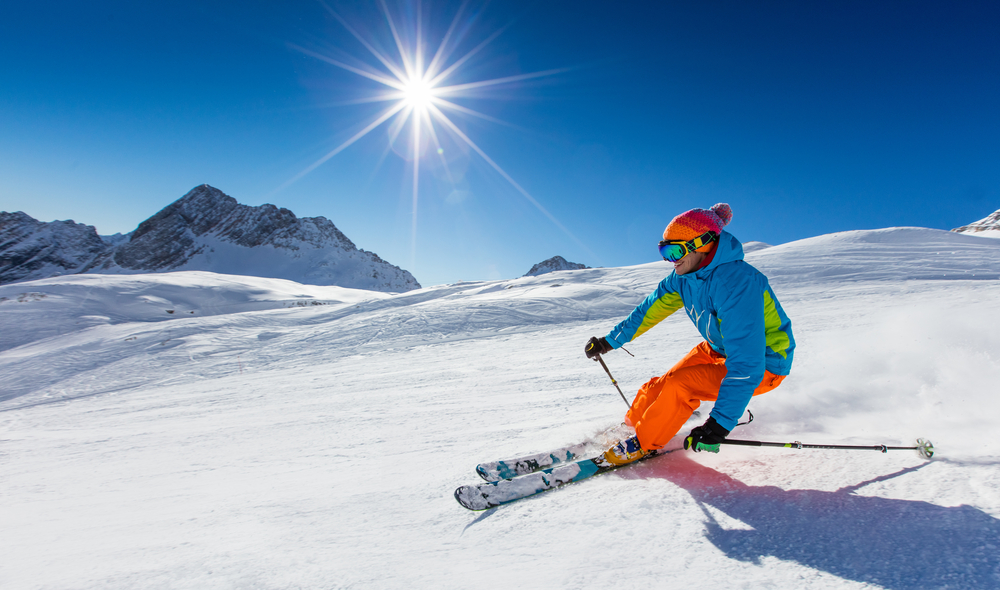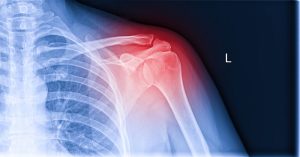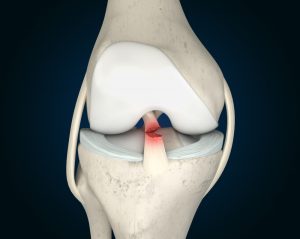7 Things You Must Know to Keep You Injury Free When Skiing
A lot of you will be heading off to the slopes this winter and I hope you have an amazing time. The important thing is to make sure that when you’re there, you make the most of it.
Most of our clients I speak with only have a week. Very rarely do we get two weeks off to go skiing. It’s important when you’re there you stay injury free.
You can do a lot of work beforehand to ensure that you’re putting yourself in the best position to have the most fantastic week when you’re on the slopes.
What do you need to do to get your body injury proof pre-skiing?
There are two types of fitness. Cardio and strength. Strength based fitness is going to help with injury prevention more than cardio, this doesn’t mean cardio is important though as it provides our long-term stability and fitness. Cardio is going to allow you ski farther, longer and allow you a better time as well.
- Leg Strength- ensuring that you have enough strength in your legs. This can be done by using squats, an air squat with no weight, working between 10 and 15 repetitions and making sure that your glutes are engaged in order to turn more comfortably when you’re going down the slopes and be able to absorb impact on the bumpier runs. Keeping the knees supple when you ski allows the core to take more impact and avoid too much pressure on the knees.
- Glute strength-this is done by using a glute bridge. This is when you’re lying on your back, your arms by your side, knees bent. Feet are hip width apart. Then raise your hips above the floor, engaging your core through the movement, ensuring that your glutes stay tight. These need to be done 10 to 15 times, three sets. Amazing strength exercise to give coordination and strength.
- Stamina-This is the cardio-based fitness that I was talking about. Trying to build up your cardio fitness using machines in the gym such as the rowing machine, cross-trainer or even going out for a run. It’s going to allow you to build more cardio-based fitness. You’re going to be able to keep going right until the end of the day with more cardio. The tricky thing is in the UK when we think about getting ski fit it is dark and the days are shorter post October, two ways around this. Perhaps start in the summer and then top it up, the second would be to join a gym or a class.
- Upper body strength-Push ups build strength in the upper body. These are going to allow you to get up off a chair lift that much more comfortably and if you do fall over, which most of us will, it allows you to get up off the ground much more comfortably as well. I would recommend starting on the knees and build up to 10 reps, 3 sets.
- Balance-Working on your balance is important. This will give you less of a chance of falling, keeping yourself upright is key to avoid injury. Balance allows you to move much more comfortably through your ski boots when you’re going down the mountain. With bumpy terrain you can absorb the shock more comfortably and become adaptable. If there is also poor visibility, then you can take the unexpected bumps better with improved balance.
- Have a chat with your Chiropractor. A Chiropractor can ensure that all your joints are working well, ensuring that your back is in the best position to prepare for physical holidays. How many of you have heard of someone who starts their ski holiday first and they do – bend down to put their boots on and their back goes? We make sure that your back is in the best position to avoid injury and allow you have the best time ever.
- Custom orthotics- will help bring the arch up in your foot. They give your body much better alignment, better balance through the skis as well. The ski boots are very unnatural, and they don’t give much movement, but if your foot drops or is unstable it can cause the knees and hips to have to work harder, this can cause fatigue and mean you don’t have the energy to ski the longer days. You can talk to Oli about that, and he will give you some information on custom-fit orthotics.
What we treat at West Chiropractic:
Our chiropractic locations


